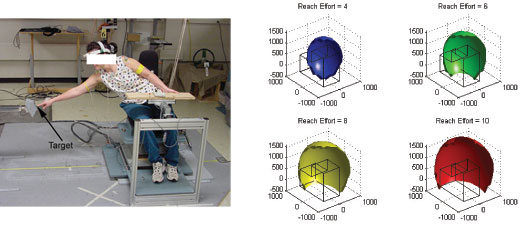
by mbp11 | Sep 28, 2017
Watch “Author’s Insights: Preference” for a discussion on including anthropometry-independent preference in hybrid models. Models that are a hybrid of the boundary manikin and population model techniques are robust tools to determine appropriate adjustability of a...

by mbp11 | Sep 28, 2017
Watch “Fundamentals of DfHV: Experiments” for a summary on setting up experiments for task-oriented models. A traditional spatial analysis design tool that is an alternative to the boundary manikin approach is the task-oriented percentile model. Such a model makes use...

by mbp11 | Sep 28, 2017
Proportionality Constants were one of the earliest methods developed to predict human anthropometry. They are typically calculated by taking a large sample of anthropometric data and determining either the mean or 50th percentile ratio of the length of each measure of...

by mbp11 | Sep 28, 2017
Design guidelines for Formula SAE teams.

by mbp11 | Sep 28, 2017
Three-dimensional manikins are also known as Digital Human Models (DHM). These are software representations of humans that enable designers to visualize the effectiveness of a design before a physical prototype is constructed. DHM programs such as Jack, Ramsis, and...





